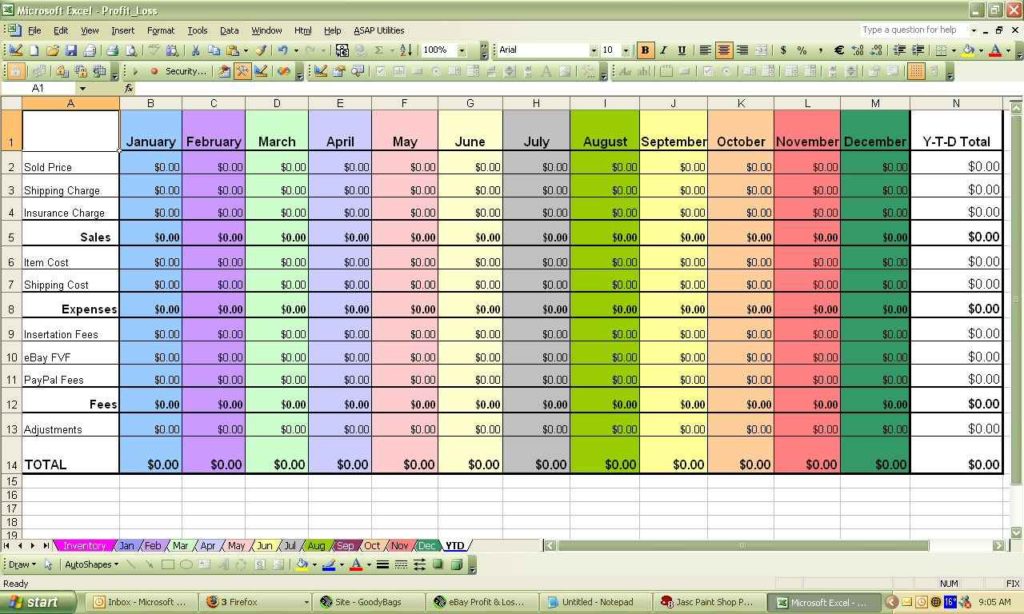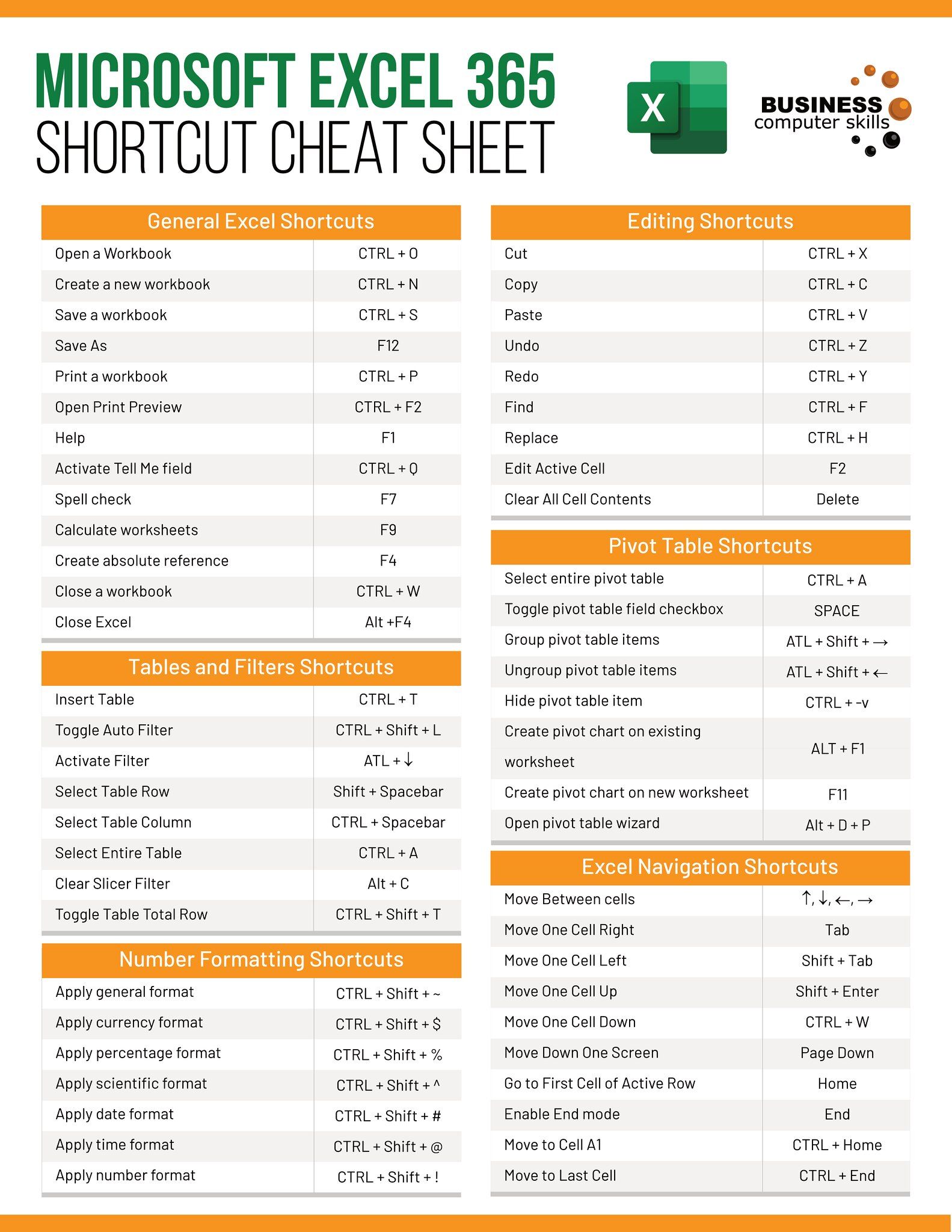5 Essential Tips to Manage Excel Sheets Like a Pro

Spreadsheets are more than just data grid applications; they're powerful tools for business analysis, project management, and data visualization. Microsoft Excel, being one of the most widely used spreadsheet programs, offers a multitude of features to manipulate, analyze, and present data effectively. Whether you're a beginner or an advanced user, mastering Excel can significantly boost your productivity. Here are five essential tips to help you manage Excel sheets like a pro.
1. Master Excel Shortcuts

The first step to excel at Excel (pun intended) is to learn and use keyboard shortcuts. Using shortcuts not only speeds up your workflow but also reduces the time you spend navigating through menus. Here are some of the most useful:
- Ctrl + C for Copy
- Ctrl + V for Paste
- Ctrl + X for Cut
- Ctrl + Z for Undo
- Alt + E, S, V for Paste Special
- F2 for Editing the active cell
- Ctrl + ; to Insert today’s date
💡 Note: Practice these shortcuts regularly to make them second nature. This will significantly decrease the time you spend on repetitive tasks.
2. Utilize Conditional Formatting

Conditional formatting is a feature that changes the appearance of cells based on specific conditions. It can help in quickly identifying trends, patterns, and anomalies in your data:
- Select the range of cells you want to format.
- Go to the Home tab, click on Conditional Formatting, and choose from preset rules or create your own.
- You can set cells to change color, add data bars, icons, or highlight duplicate values.
Using conditional formatting can transform your data into a visually informative masterpiece, making it easier to analyze at a glance.
🔍 Note: Overuse of conditional formatting can slow down your workbook. Apply it wisely to maintain performance.
3. Embrace PivotTables

PivotTables are one of the most powerful tools in Excel for summarizing, analyzing, exploring, and presenting your data. Here’s how to use them:
- Select your data range.
- Go to Insert > PivotTable.
- Choose where you want the PivotTable to be placed.
- Drag fields into Rows, Columns, Values, and Filters to analyze data from different perspectives.
| Field | Action |
|---|---|
| Rows | Use for categories you want to break down data into. |
| Columns | Use to analyze data across multiple categories. |
| Values | Use for calculations like Sum, Average, Count, etc. |
| Filters | Use to filter data shown in the PivotTable. |

🧩 Note: When working with PivotTables, remember to refresh them if you change the source data to see the updated results.
4. Leverage Data Validation

Data validation ensures that only the correct type or range of data enters your Excel sheet:
- Select the cells where you want to apply data validation.
- Go to Data > Data Validation.
- Set up rules like only allowing numbers, dates, or lists from a range.
- You can also provide input messages or error alerts for invalid entries.
This tool helps maintain data integrity and can prevent user errors when inputting data.
5. Use Advanced Formulas

Excel’s true power comes to life with its advanced formulas. Here are some to enhance your data manipulation:
- VLOOKUP/HLOOKUP: For looking up values in a table.
- INDEX/MATCH: A more flexible alternative to VLOOKUP, allowing for both row and column lookups.
- SUMIFS/COUNTIFS: For conditional summing or counting based on multiple criteria.
- IF/IFS: For creating conditional logic within cells.
- ARRAYFORMULAS: For performing complex calculations across multiple cells or ranges.
Mastering these formulas can automate much of your data analysis work.
In closing, while these tips might not cover everything Excel has to offer, they form a strong foundation for managing and analyzing data effectively. By implementing shortcuts, conditional formatting, PivotTables, data validation, and advanced formulas into your routine, you'll not only work faster but also unlock Excel's full potential. Remember, like any skill, proficiency in Excel comes with practice and exploration. Keep experimenting with these features, and you'll find yourself managing Excel sheets like a seasoned professional in no time.
How can I remember all the Excel shortcuts?

+
Practice is key. Start by focusing on the most frequently used shortcuts, print cheat sheets, and gradually expand your knowledge over time.
Why isn’t my conditional formatting working?

+
Ensure the condition is correctly set up, your workbook has not hit performance limitations, or cells are not hidden or filtered out.
Can I save my PivotTable settings?

+
Yes, you can save your PivotTable layout as a template for reuse by creating a PivotTable Style or through VBA scripting.